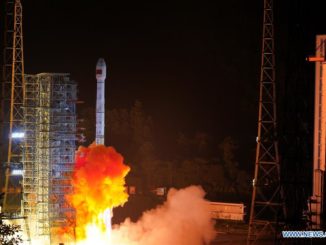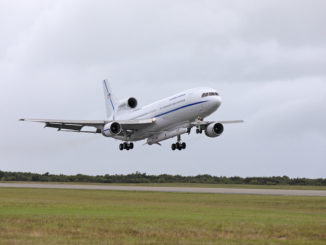Photos released by Russia’s space agency show the launch of a Soyuz booster Wednesday from the Baikonur Cosmodrome in Kazakhstan with two Russian cosmonauts and a NASA astronaut heading for the International Space Station.
The 162-foot-tall (49-meter) Soyuz-2.1a rocket took off from Pad No. 31 at Baikonur at 10:45:04 a.m. local time Wednesday. Liftoff occurred at 0545:04 GMT (1:45:04 a.m. EDT).
The Soyuz rocket’s kerosene-fueled engines generated more than 900,000 pounds of thrust to propel the mission off the launch pad at Baikonur.
Less than 10 minutes later, the Soyuz upper stage deployed the Soyuz MS-17 spacecraft into orbit, kicking off a fast-track, two-orbit rendezvous with the space station. The crew capsule linked up with the Rassvet module on the space station at 4:48 a.m. EDT (0848 GMT).
Commander Sergey Ryzhikov rode in the center seat during the Soyuz MS-17 spacecraft’s three-hour pursuit of the space station. Ryzhikov, 46, is a former MiG-29 fighter pilot in the Russian Air Force and a veteran of one previous flight to the space station in 2016 and 2017, when he logged 173 days in orbit.
Russian cosmonaut Sergey Kud-Sverchkov rode in the Soyuz left seat and served as the primary flight engineer. Kud-Sverchkov is a 37-year-old first-time space flier who joined the Russian cosmonaut corps in 2010 after working as a rocket engineer at Energia, the prime contractor for Russia’s human spaceflight program.
NASA astronaut Kate Rubins was in the right-hand seat inside the Soyuz crew capsule. Rubins, born in Connecticut and raised in California, launched on her 42nd birthday to begin her second expedition on the space station after 115-day mission in 2016. She earned a Ph.D in cancer biology, worked in public health, and studied infectious diseases before her selection as a NASA astronaut candidate in 2009.
These photos show the Soyuz crew’s final pre-launch preparations and liftoff of the mission en route to the space station.
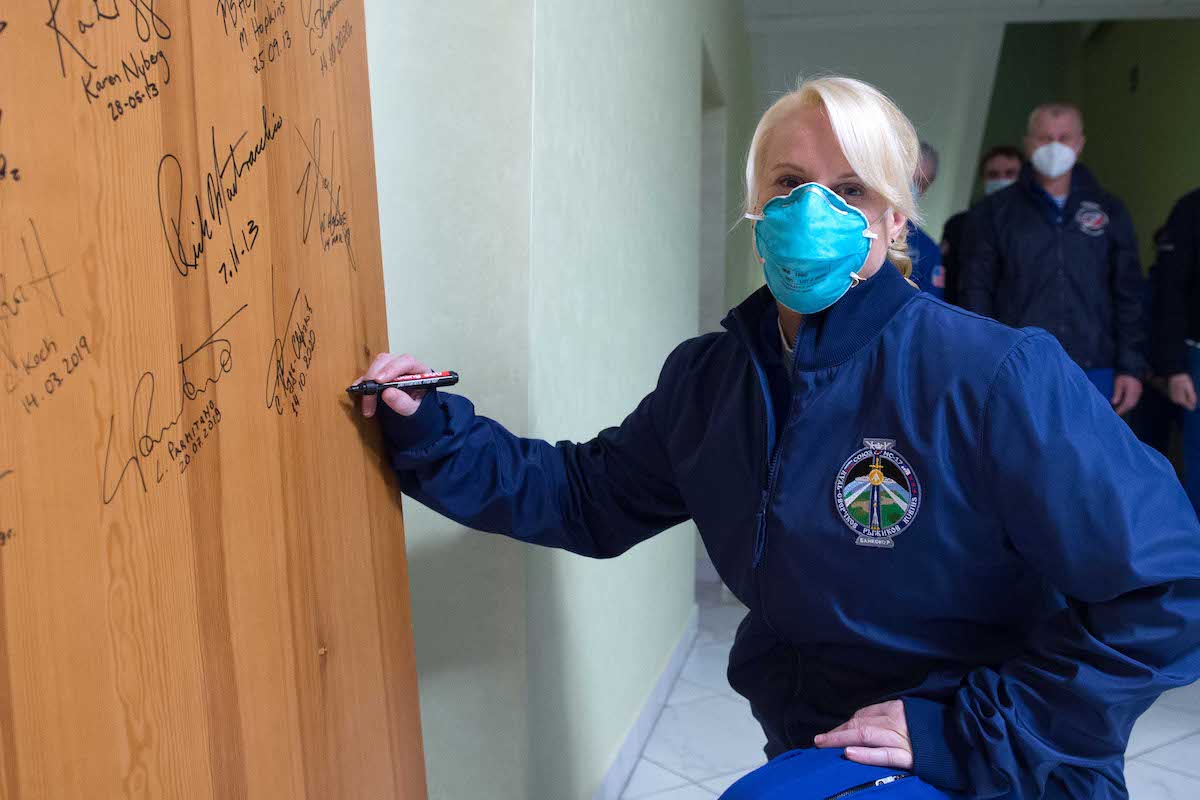
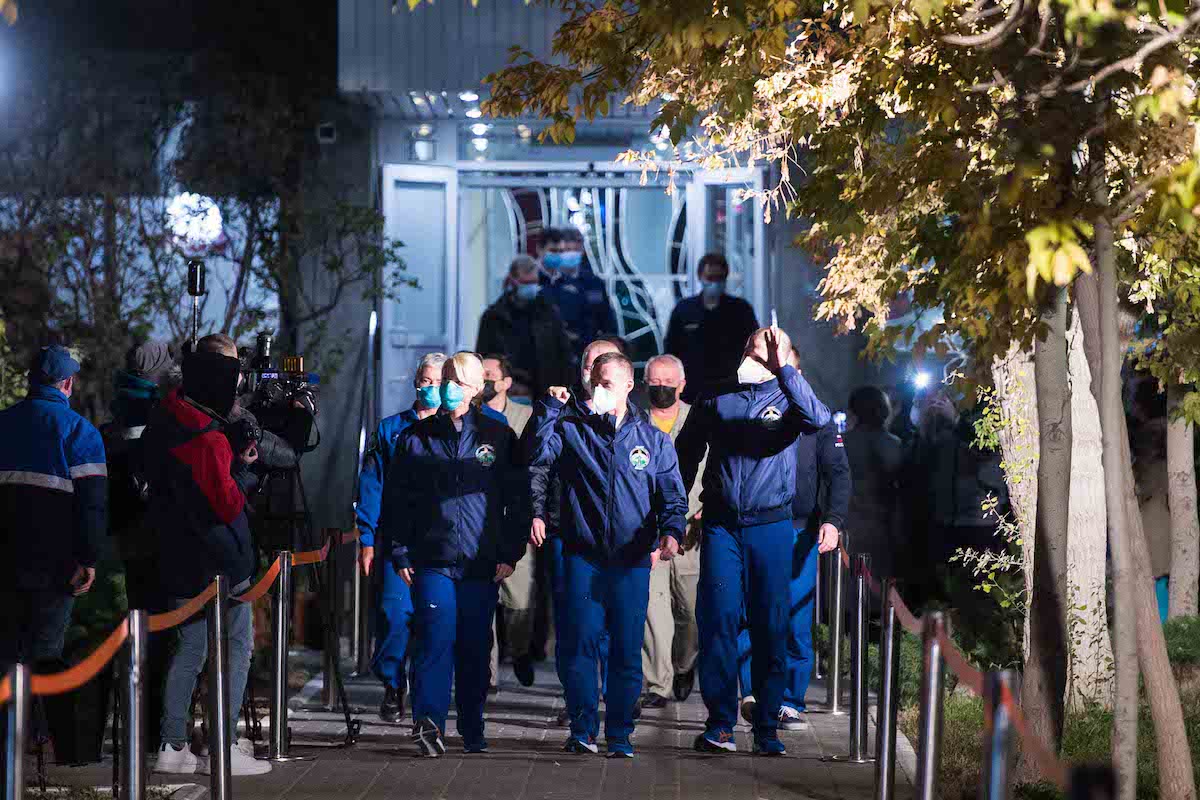
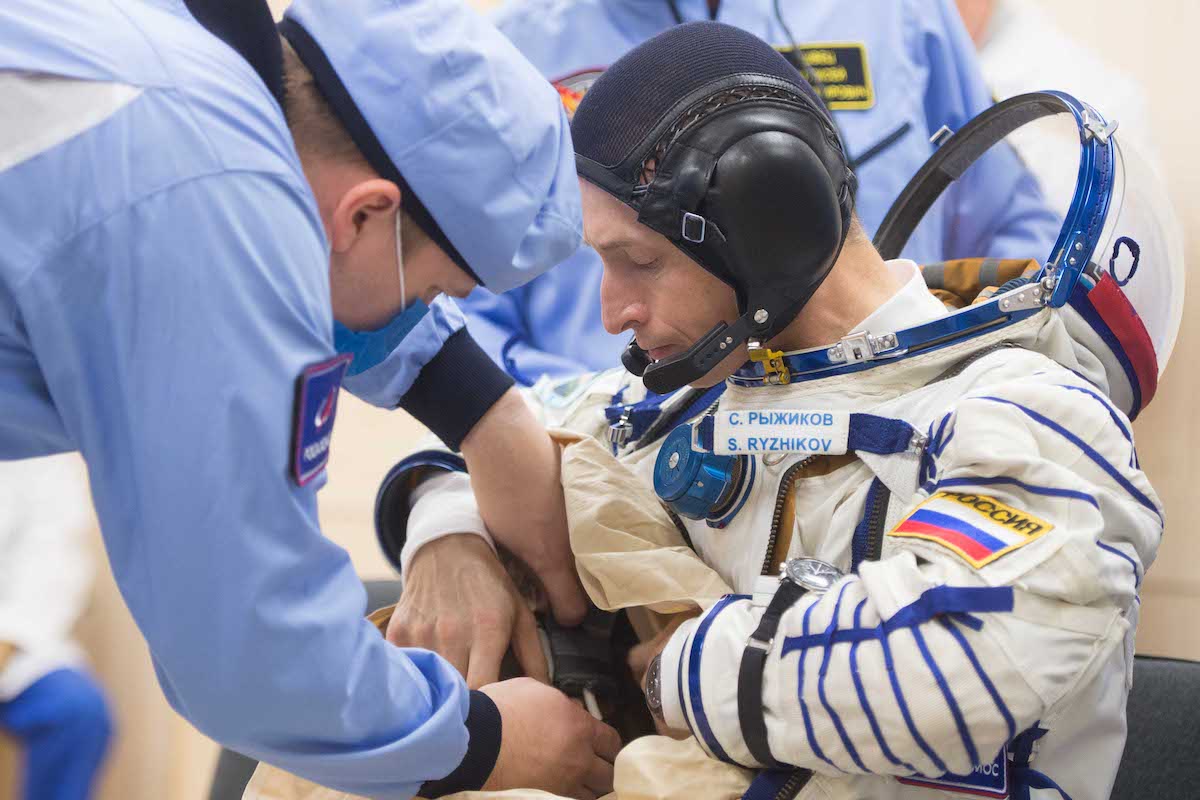
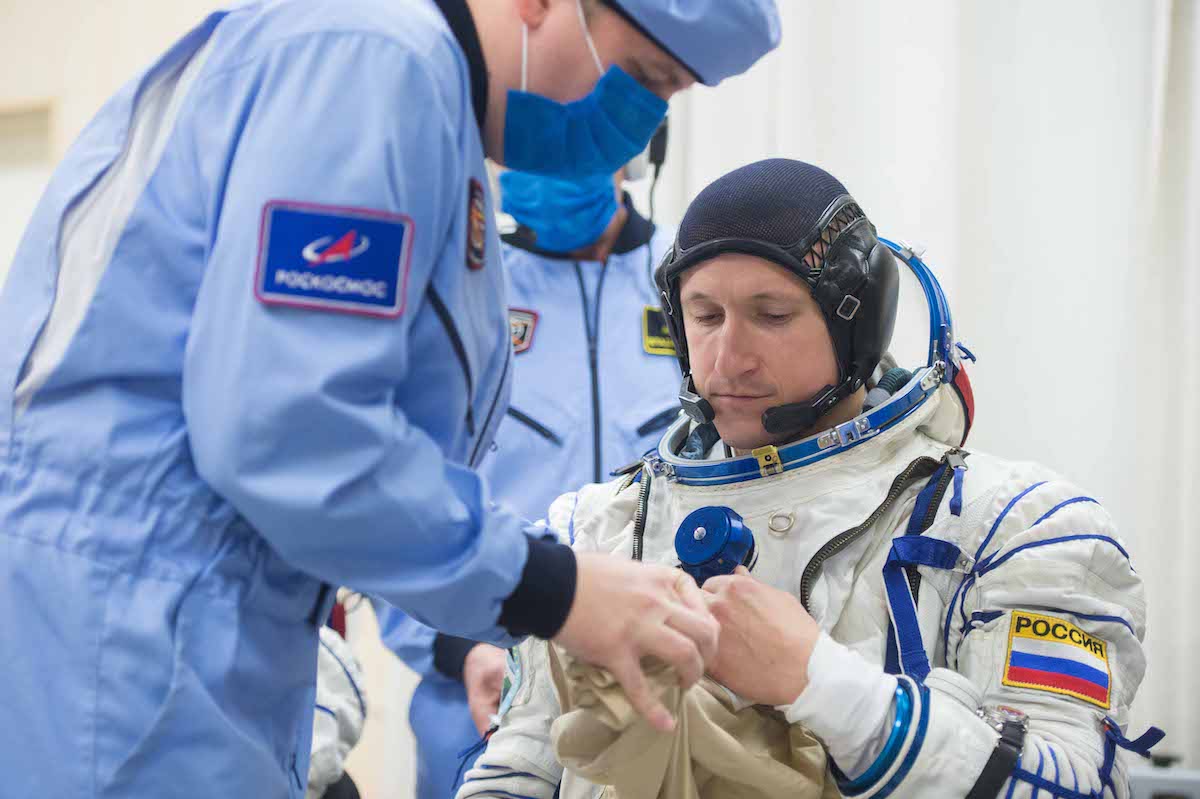
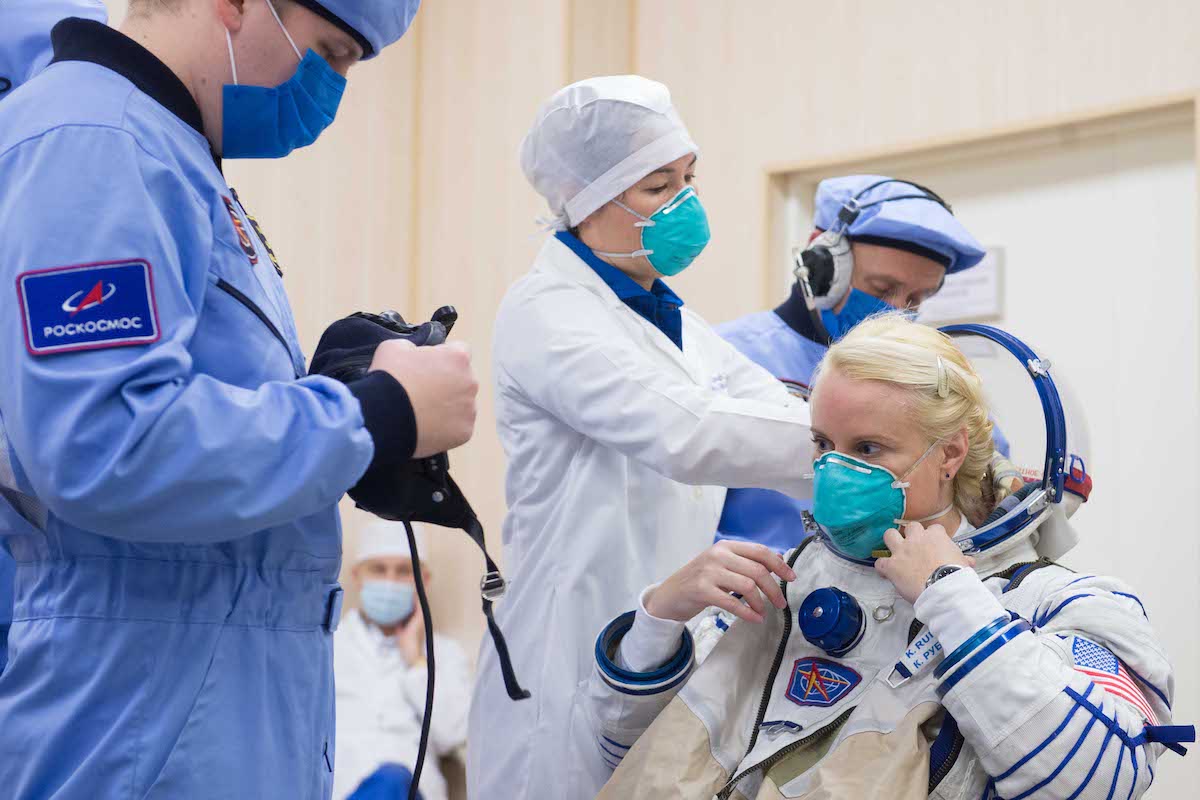
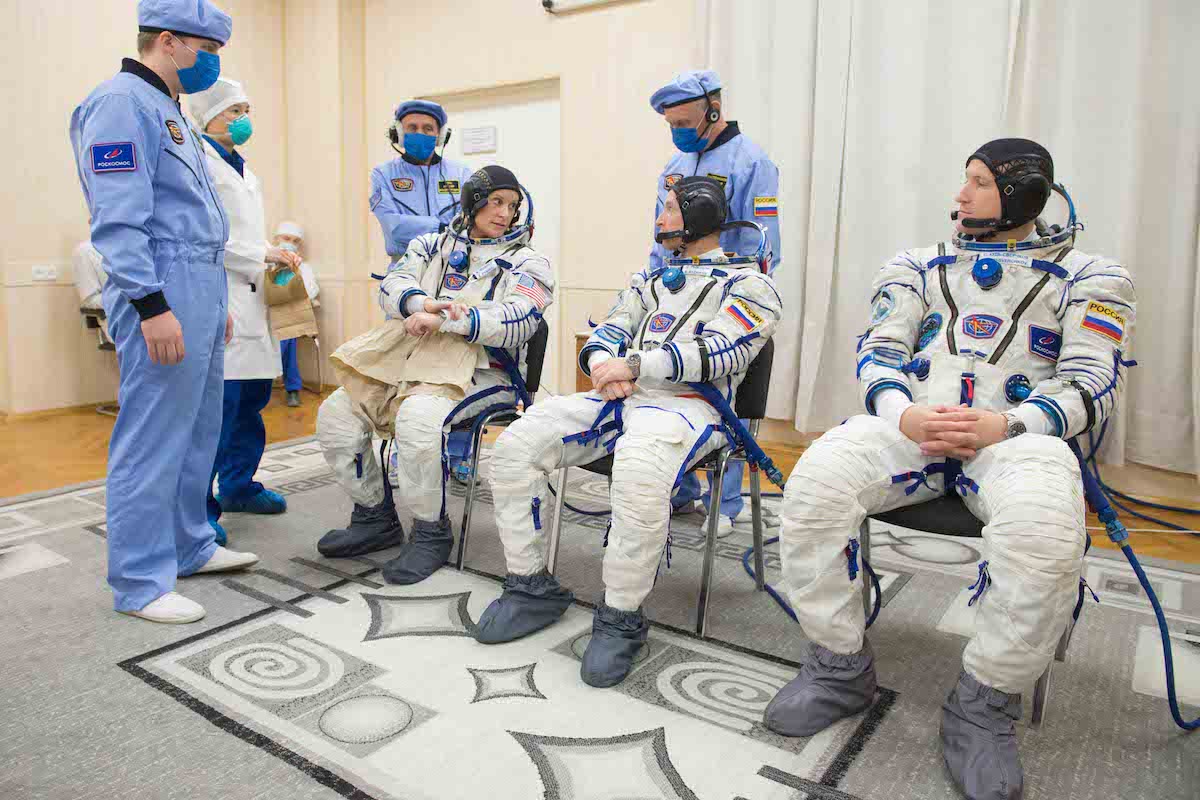
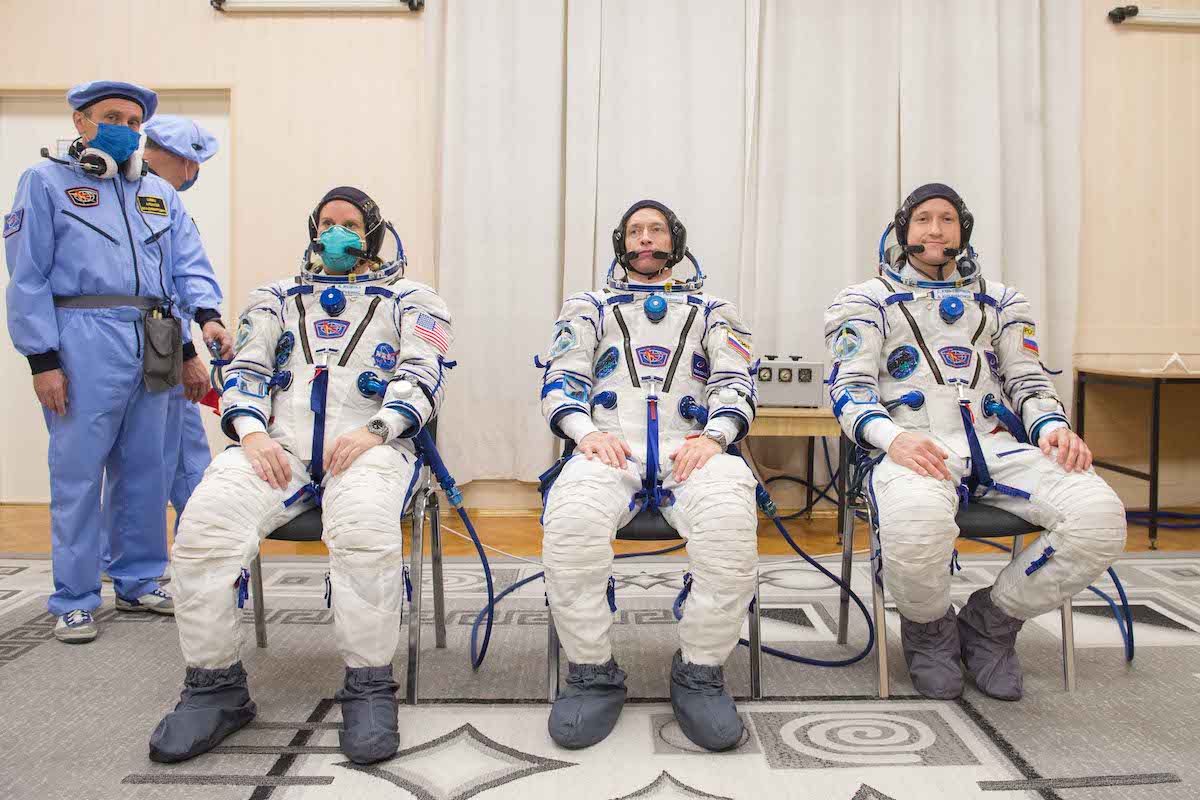
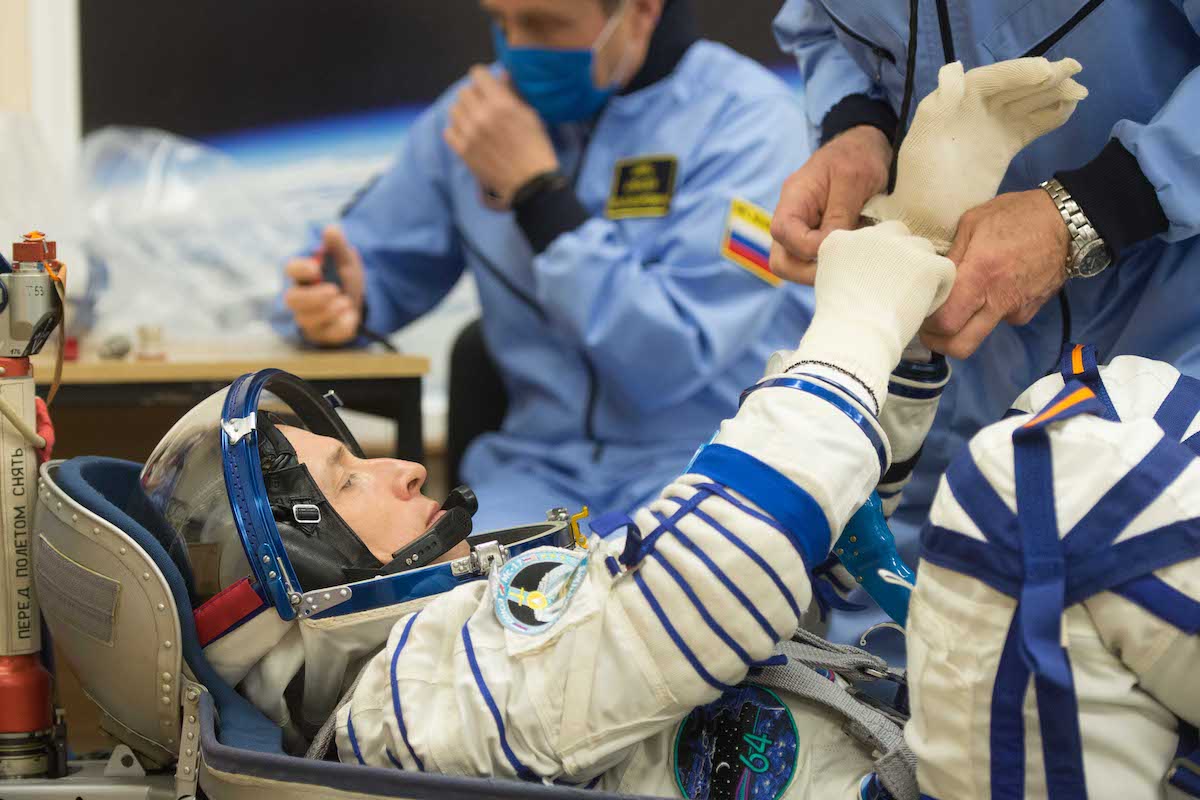
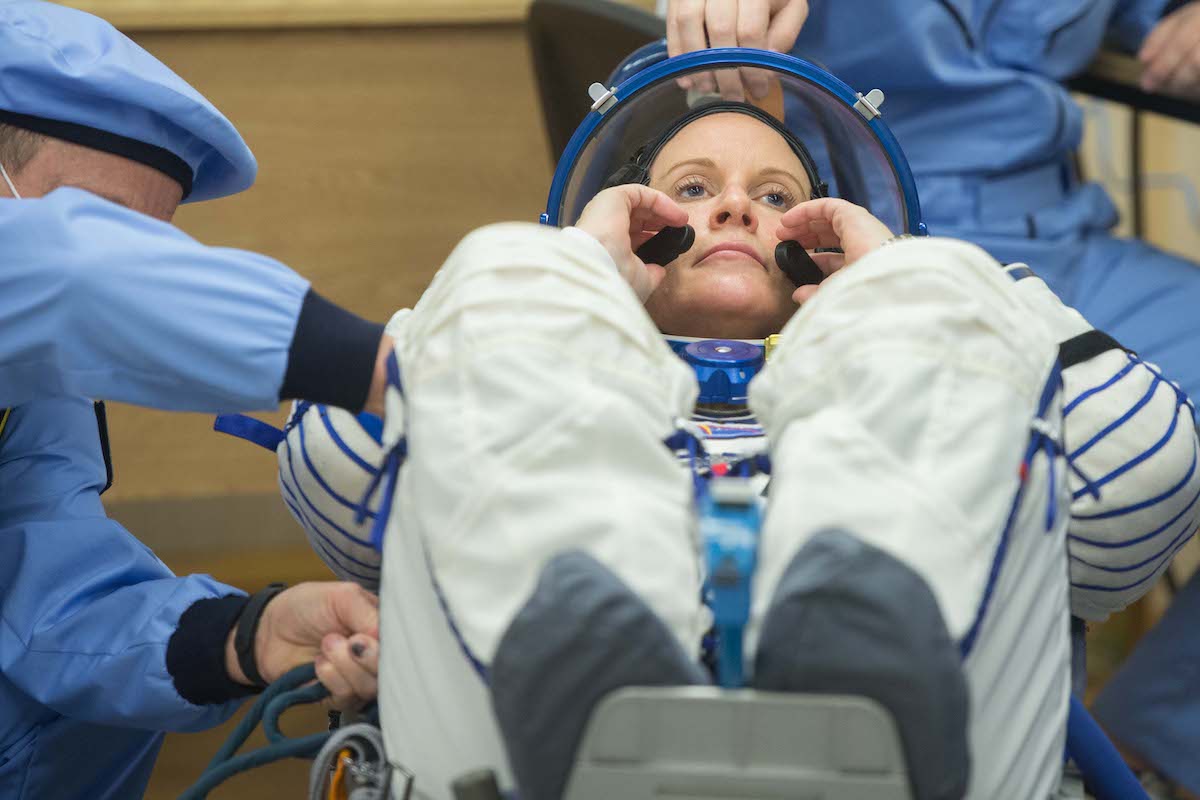
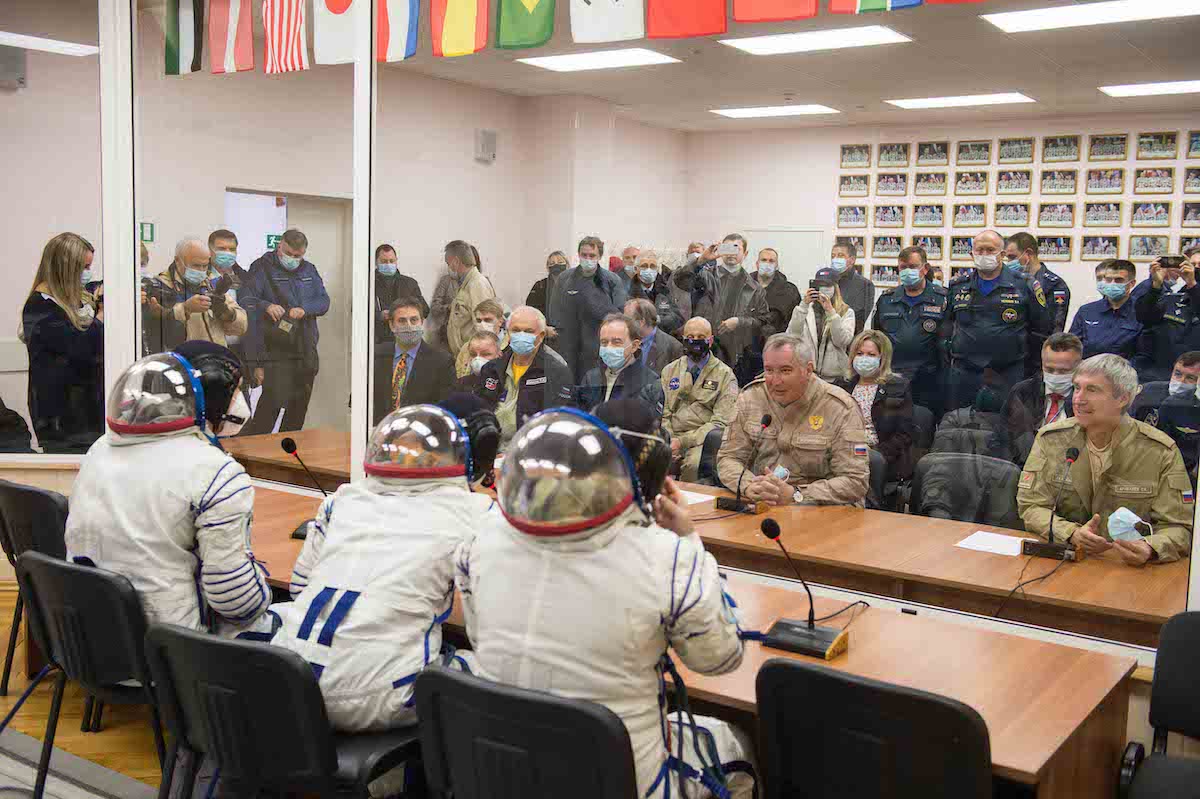
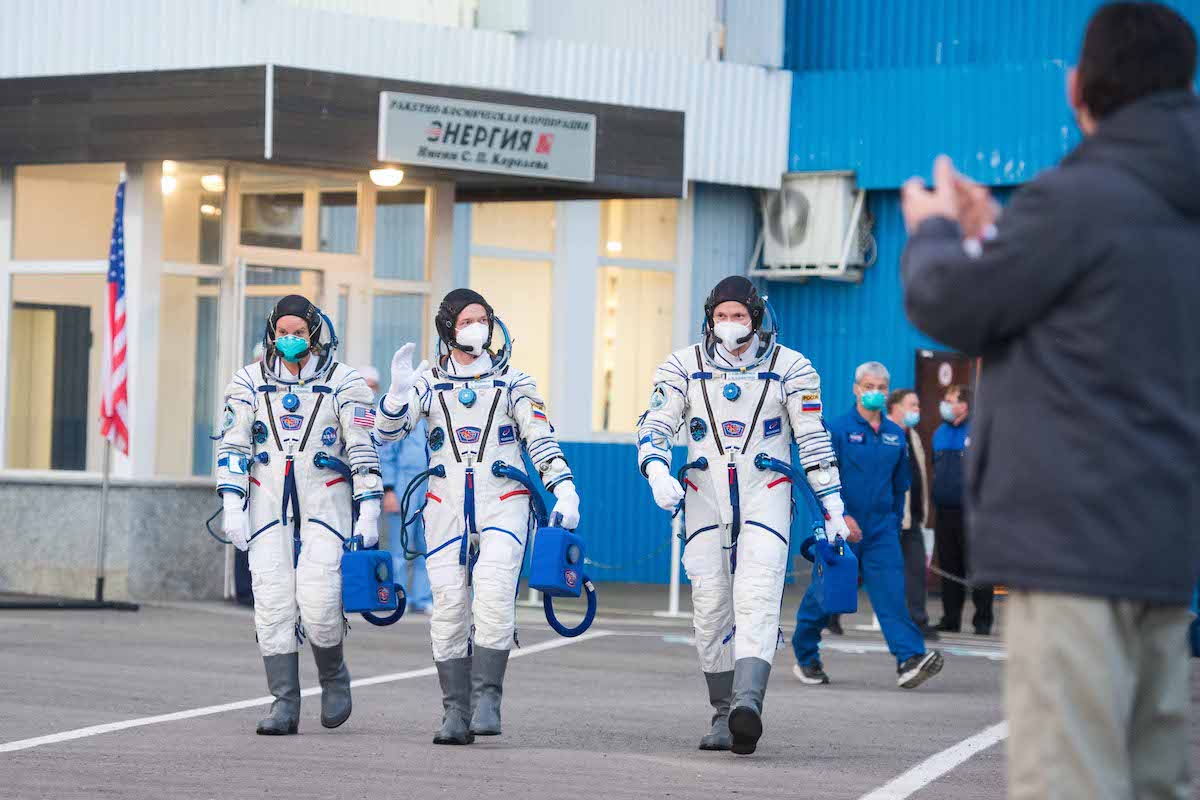
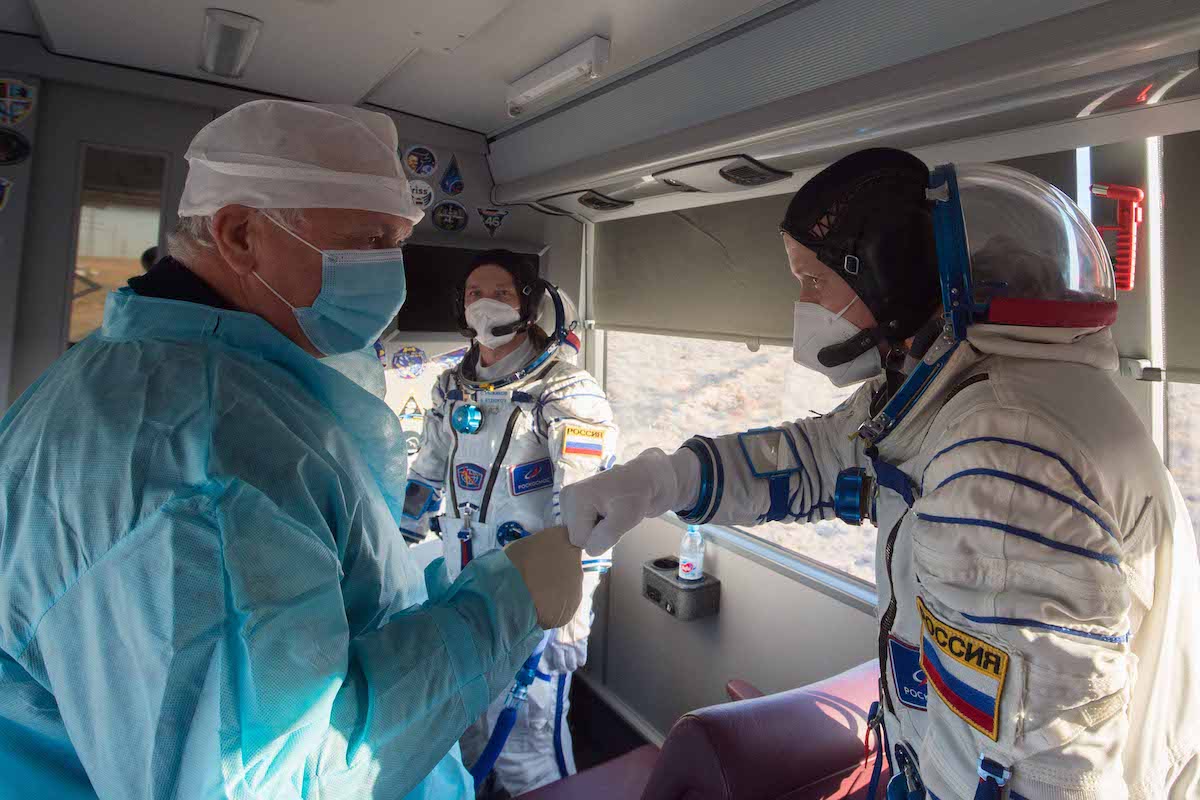
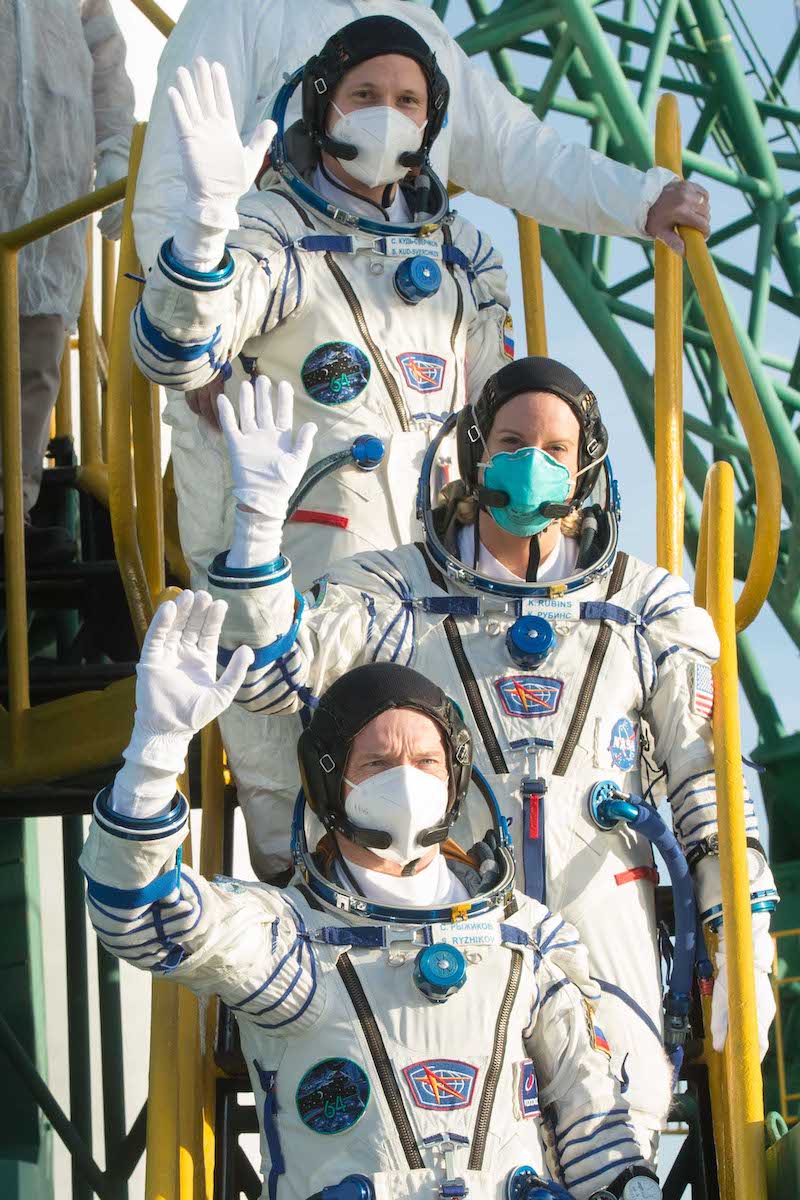
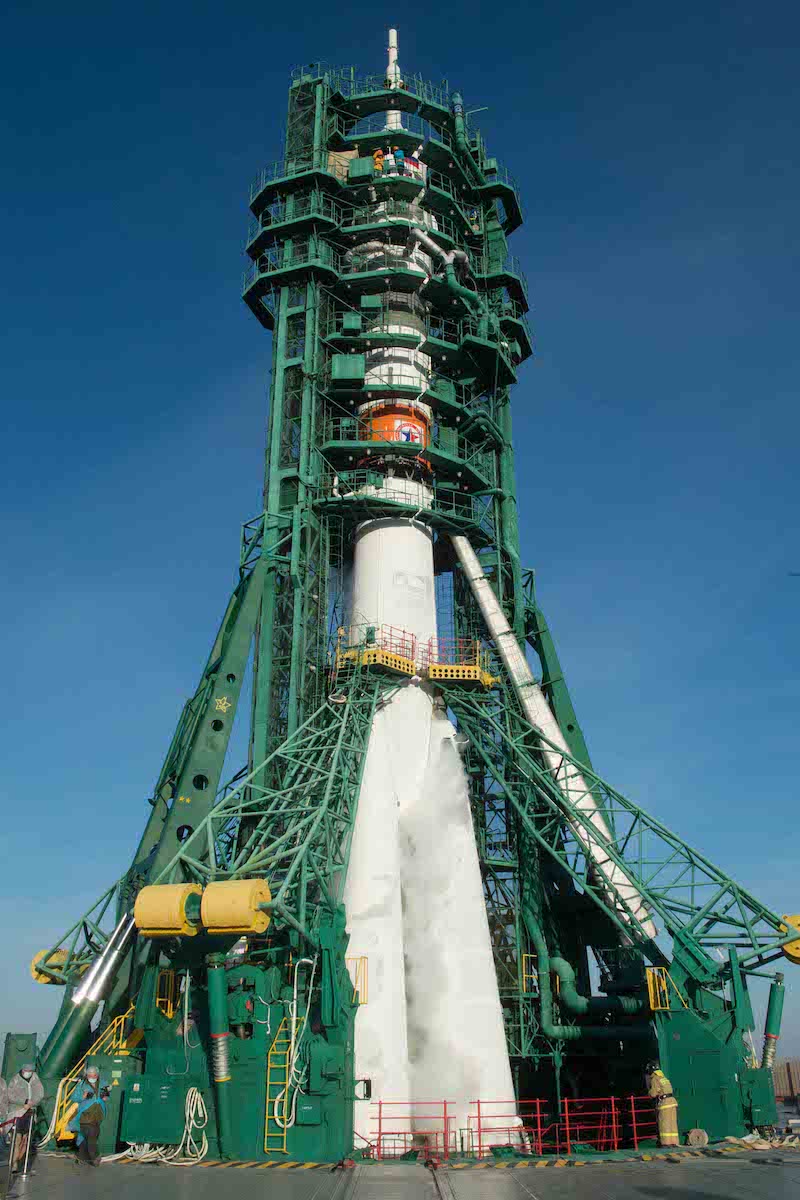
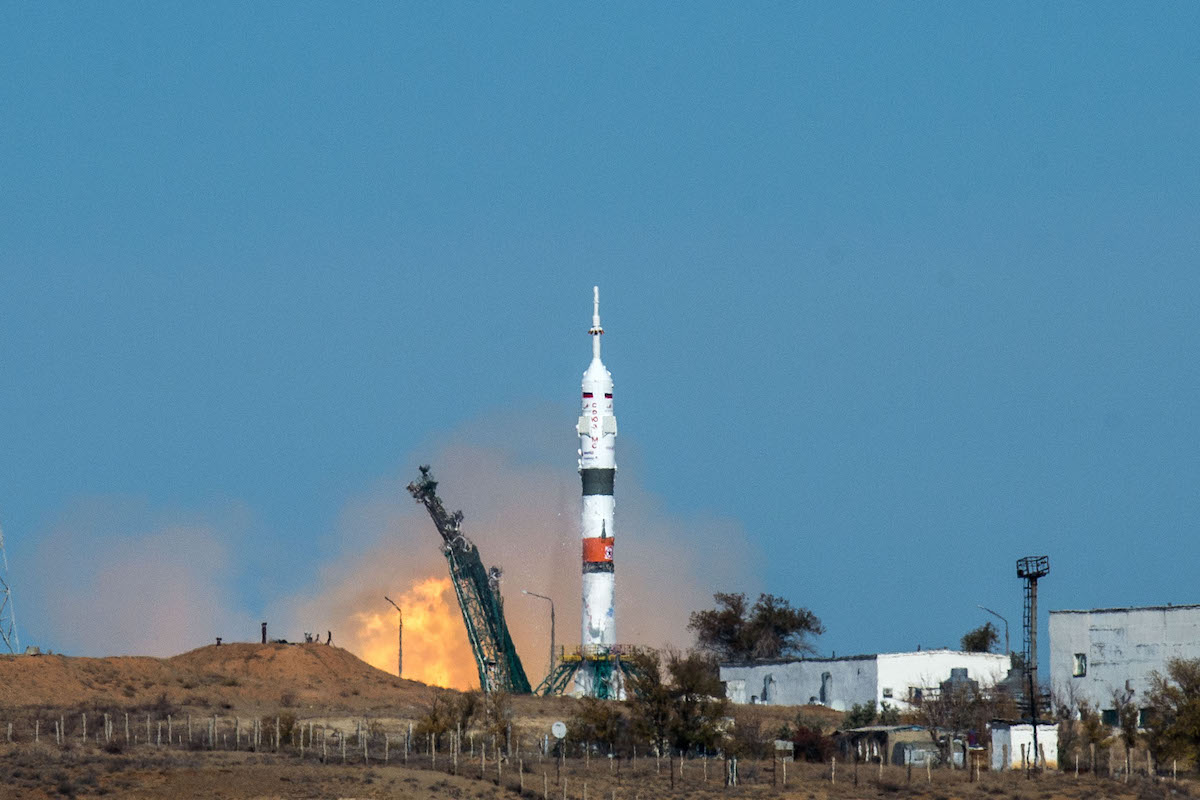
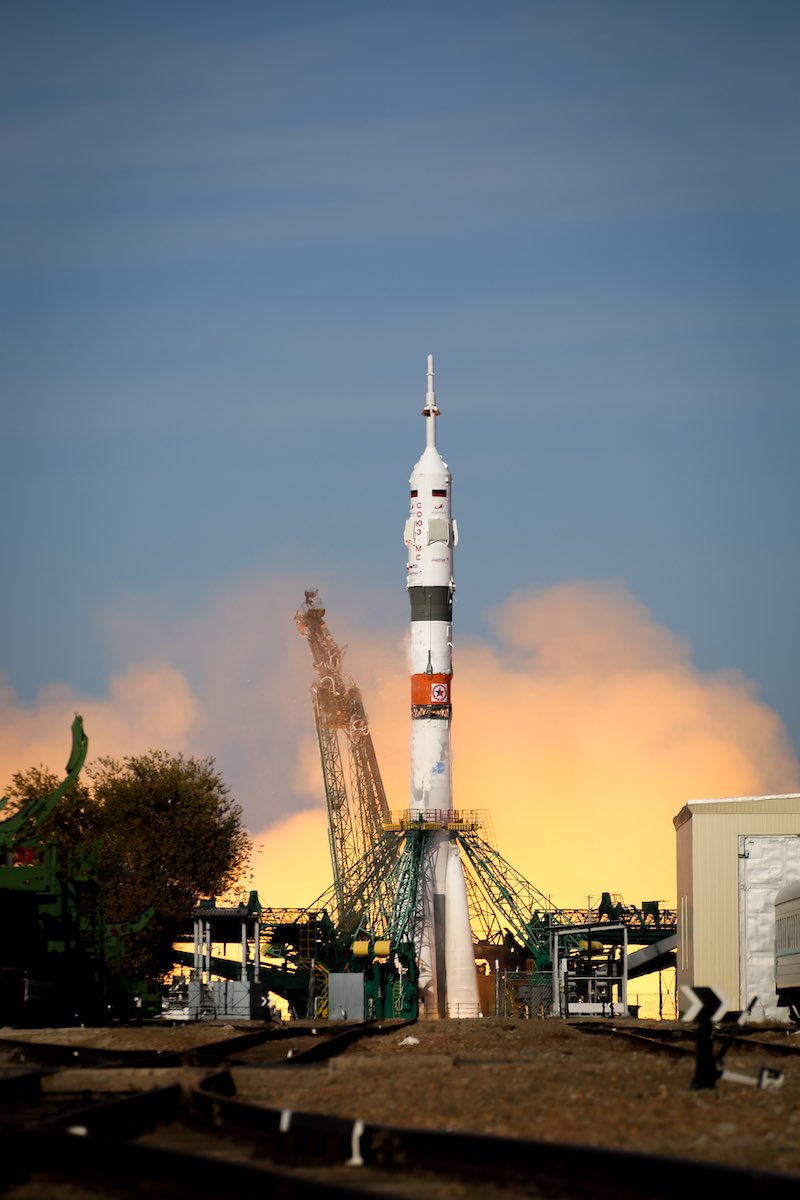
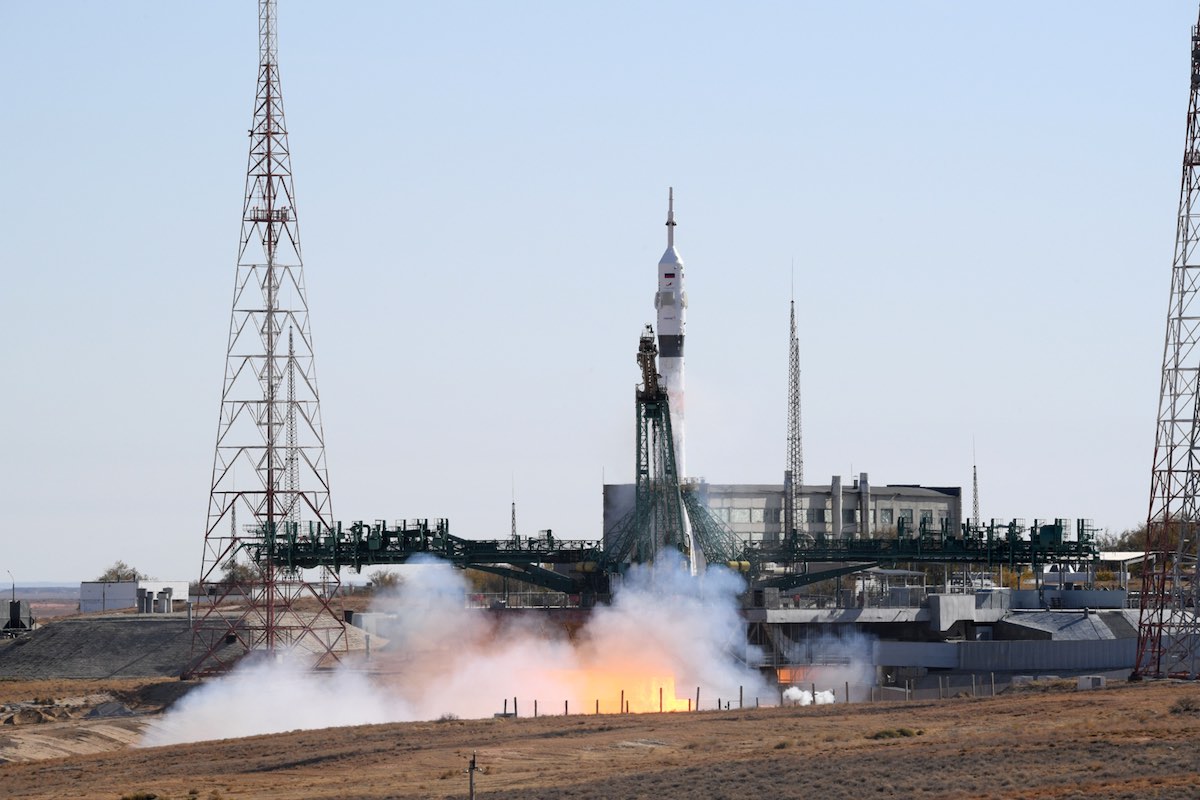
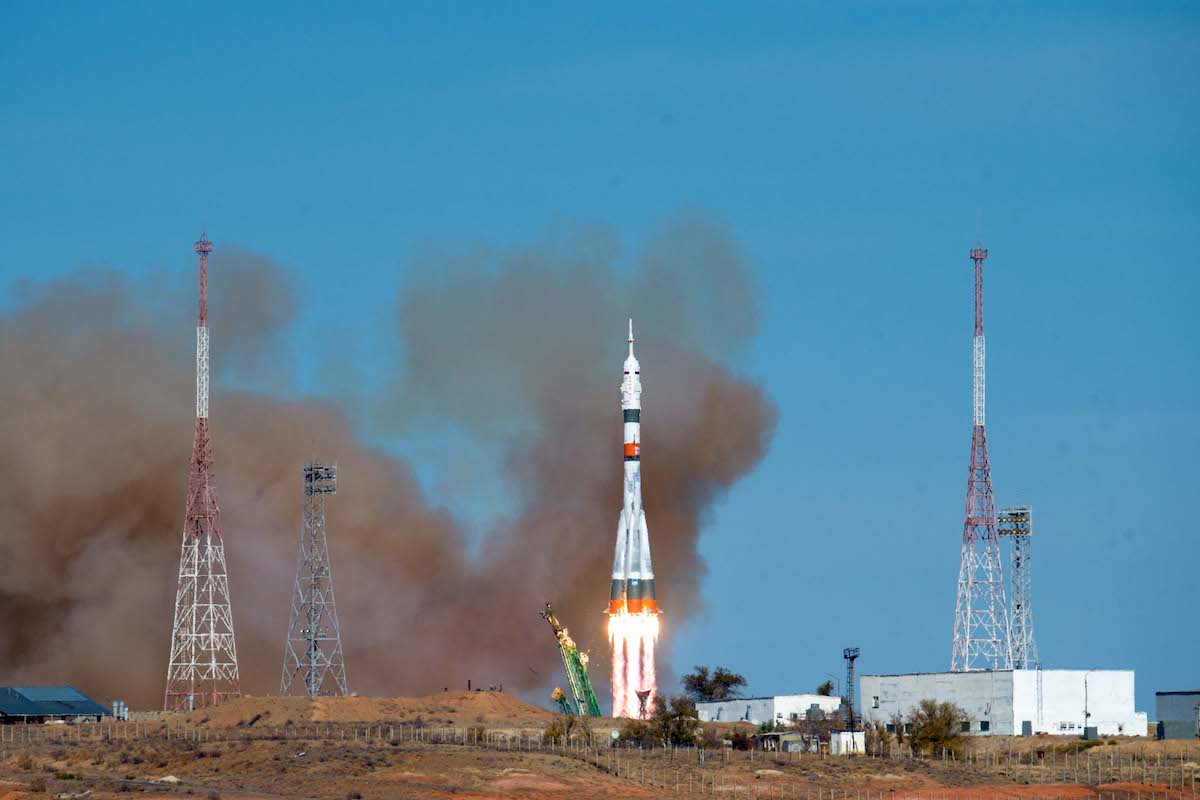
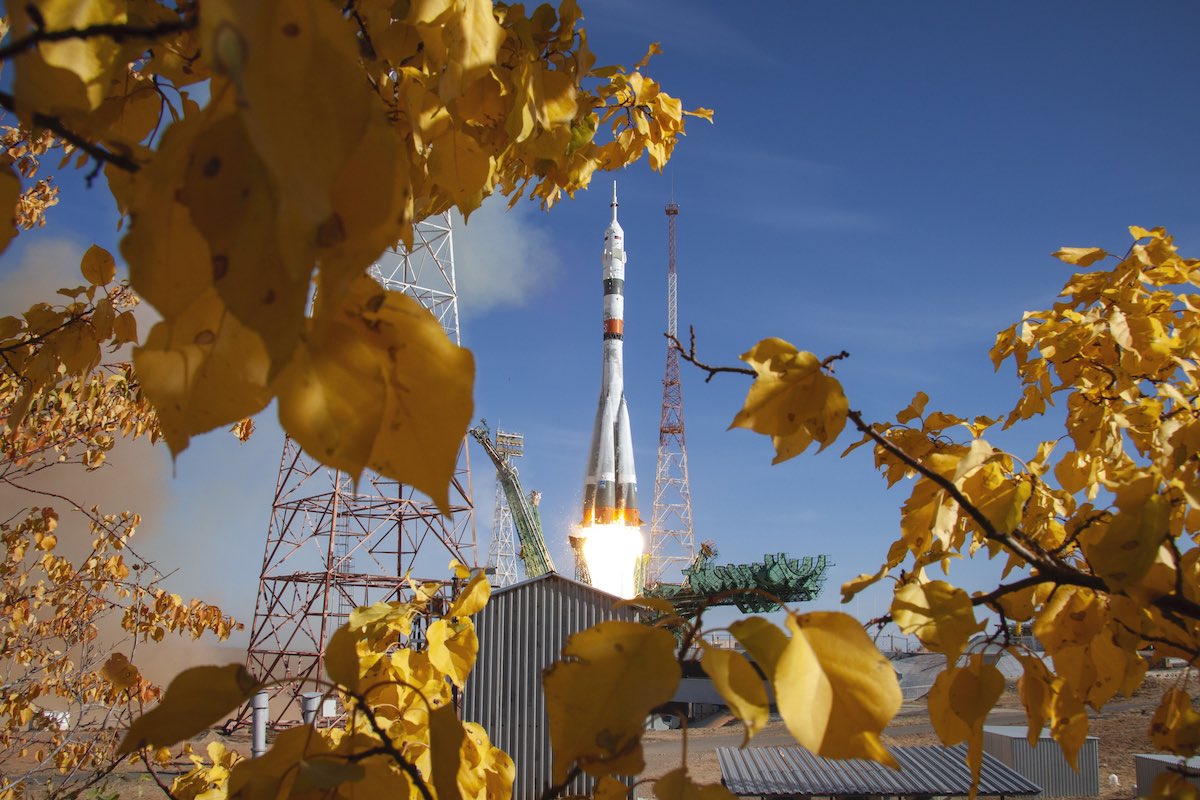
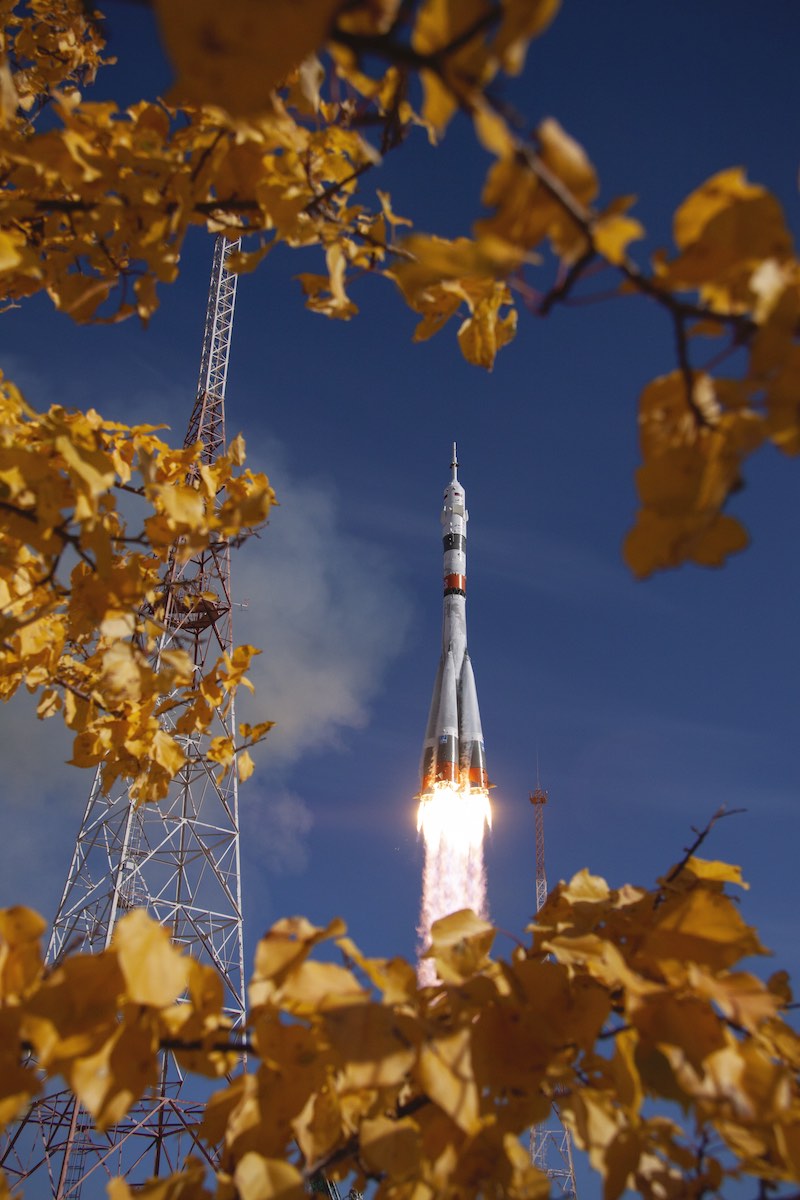
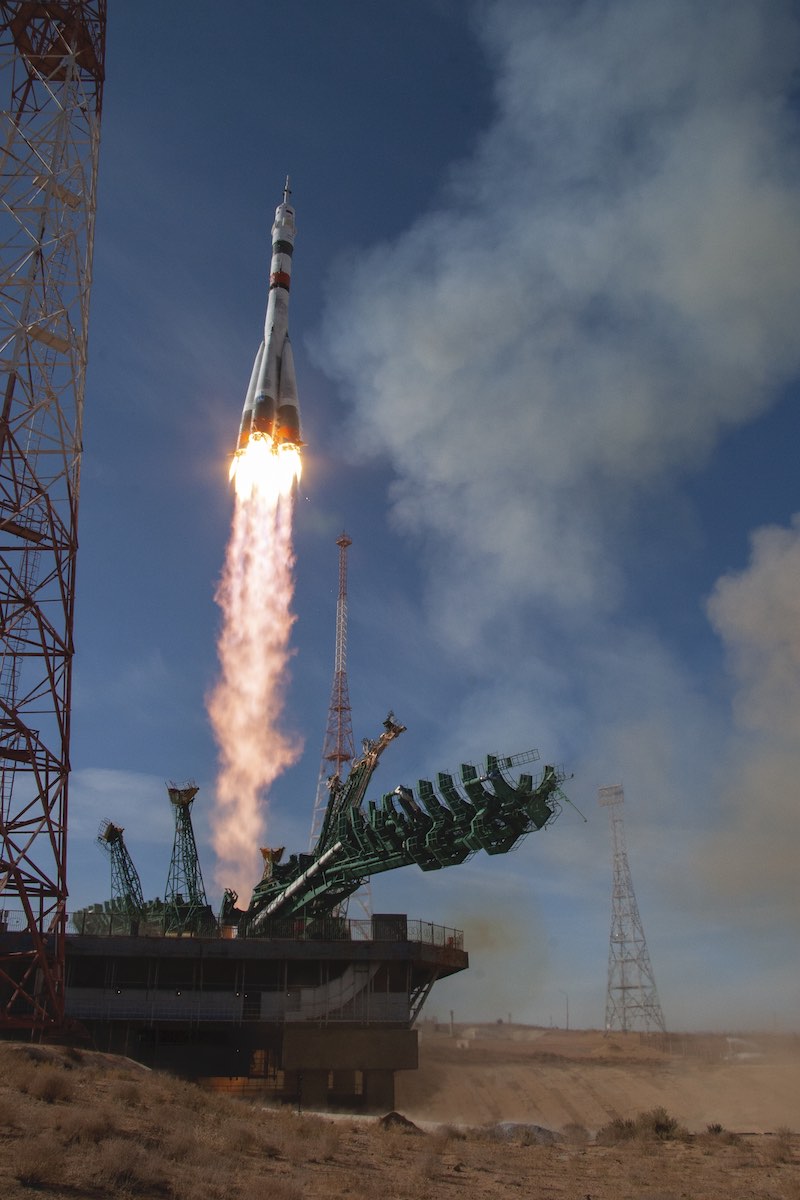
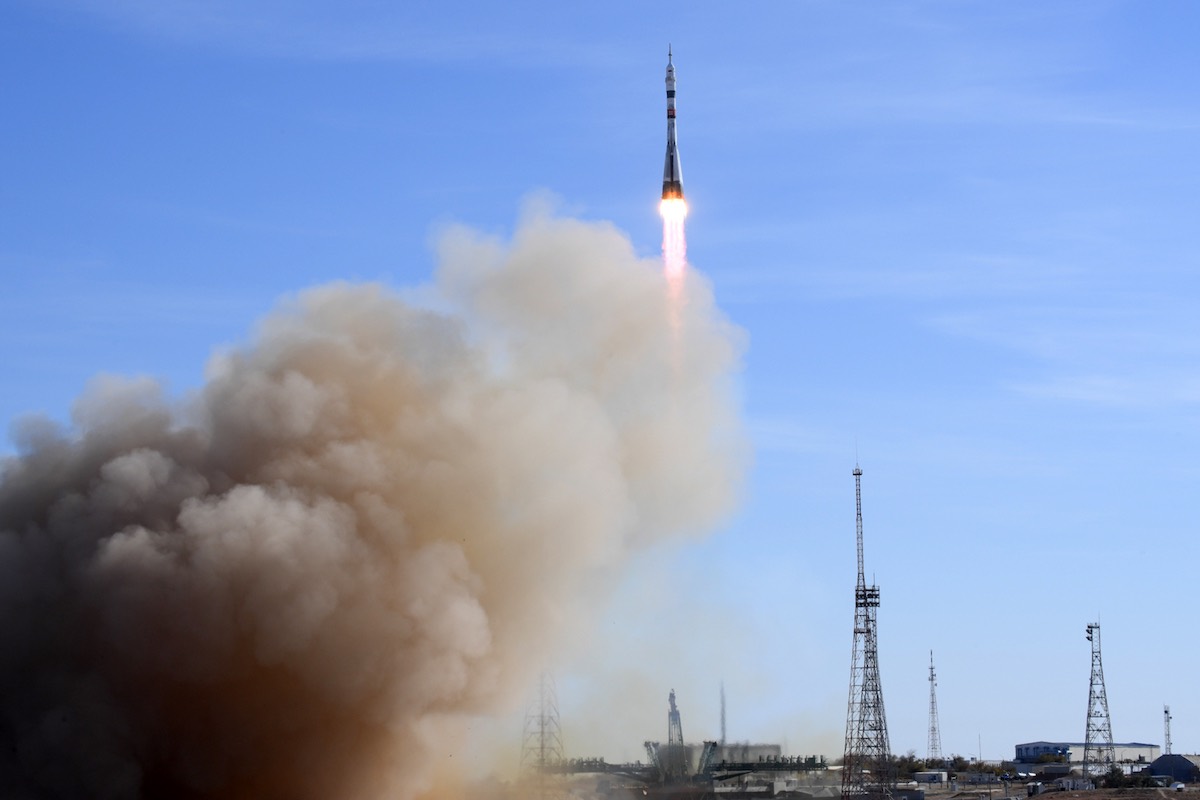
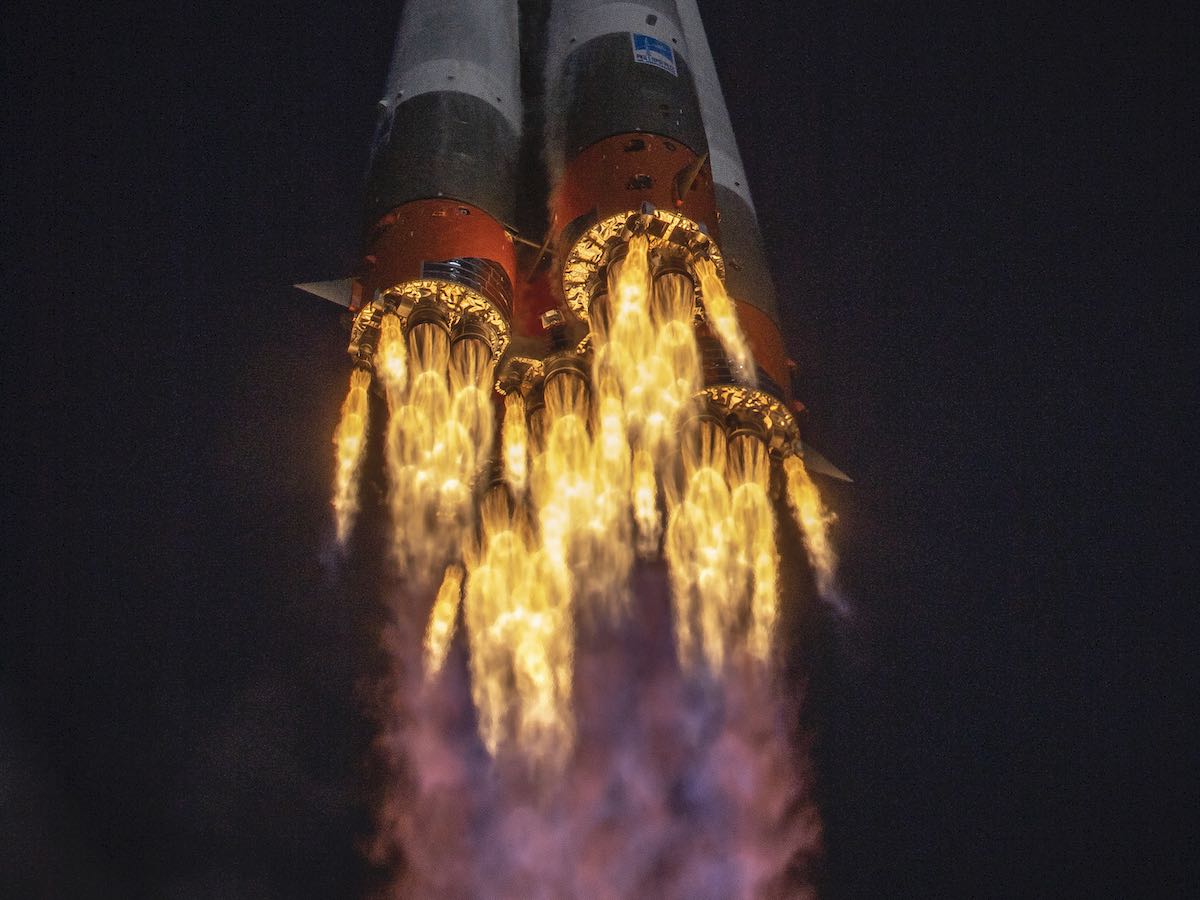
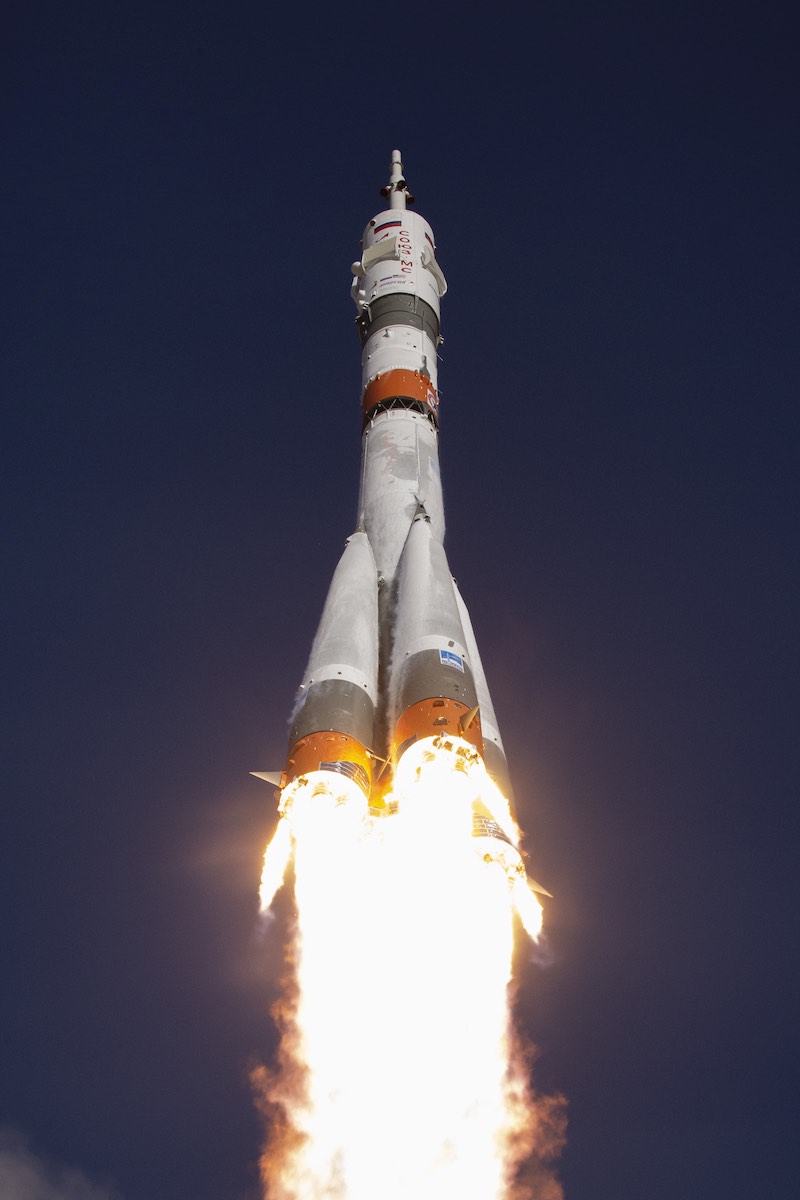
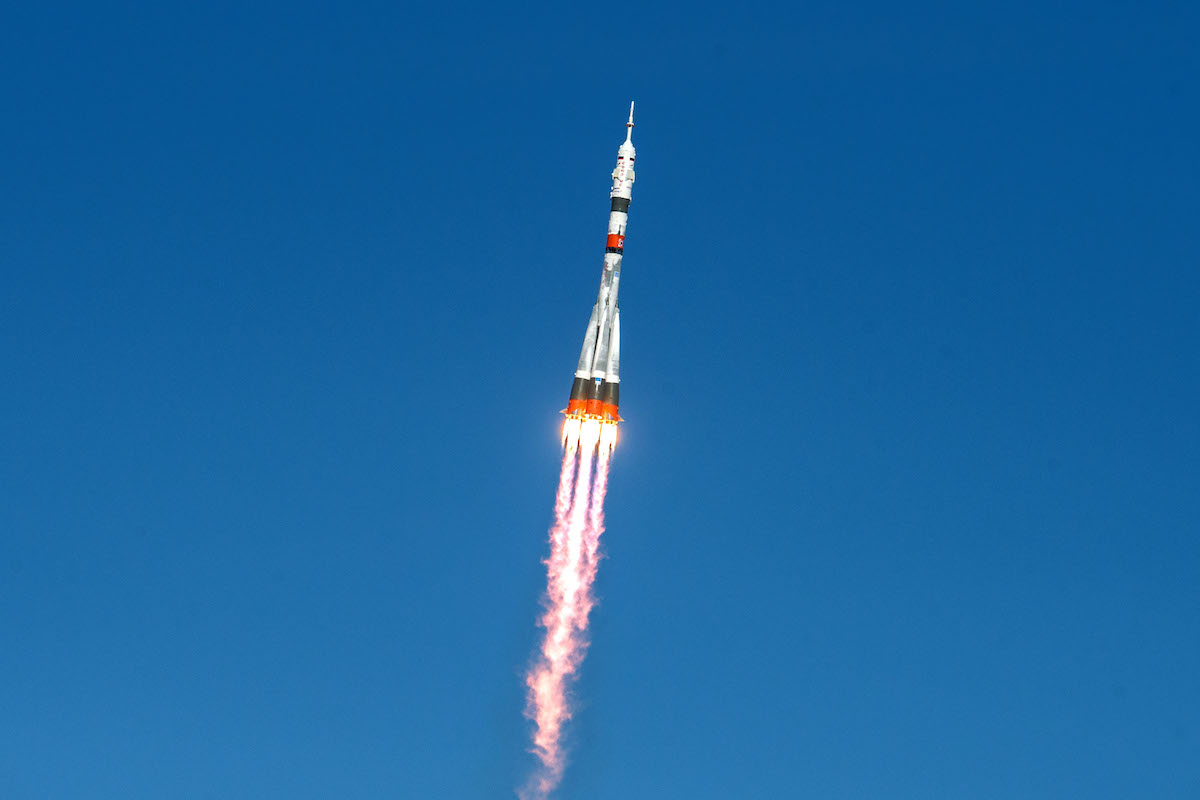
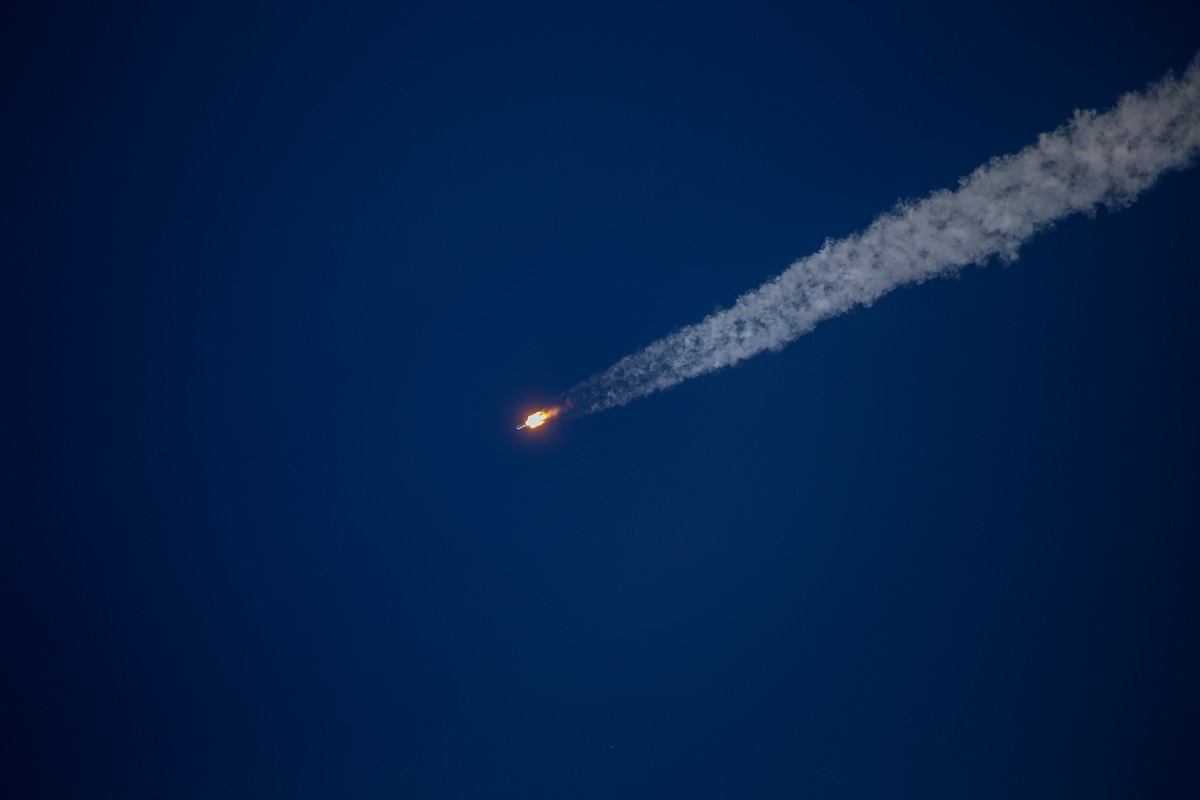
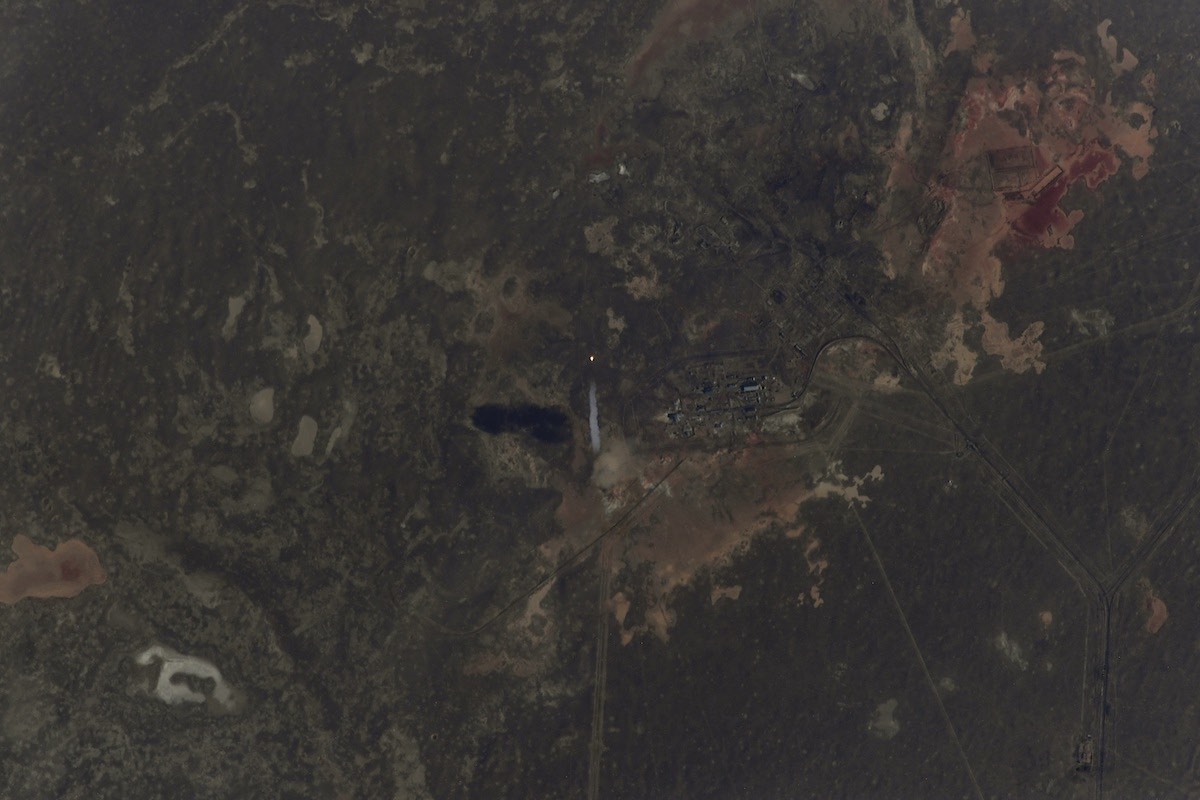
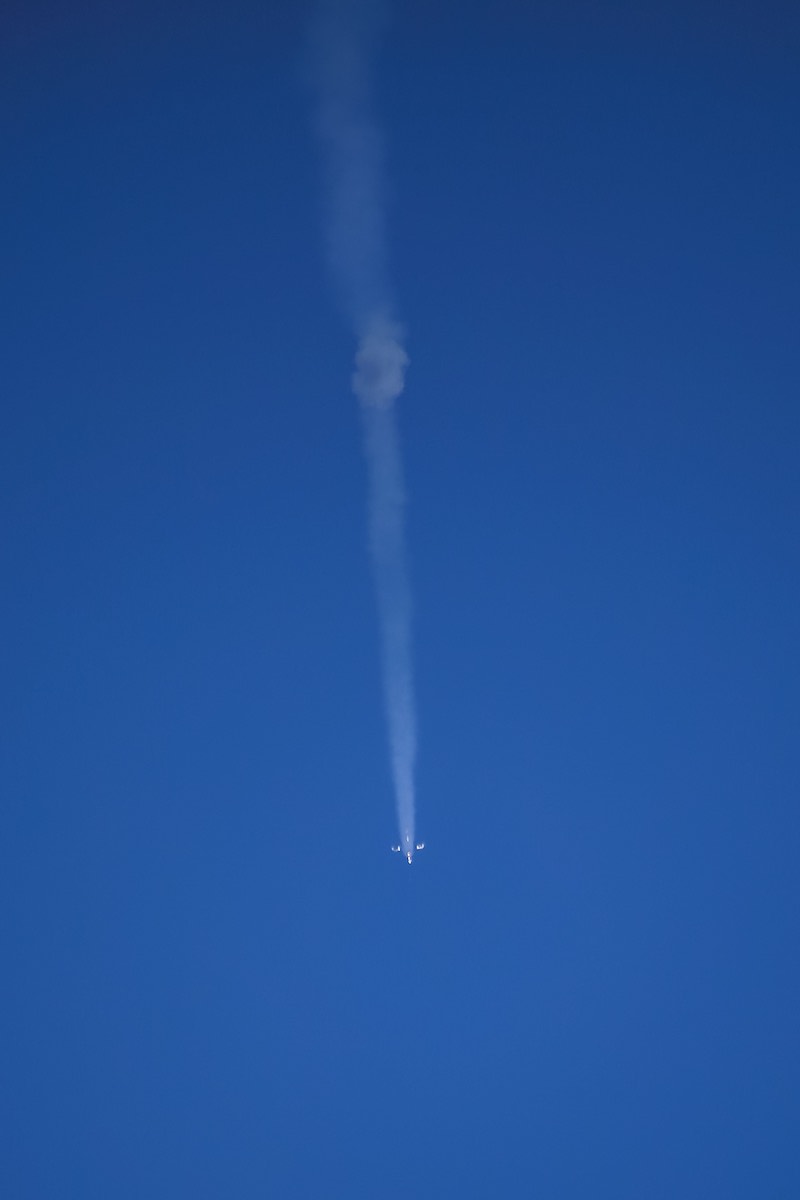
Email the author.
Follow Stephen Clark on Twitter: @StephenClark1.

